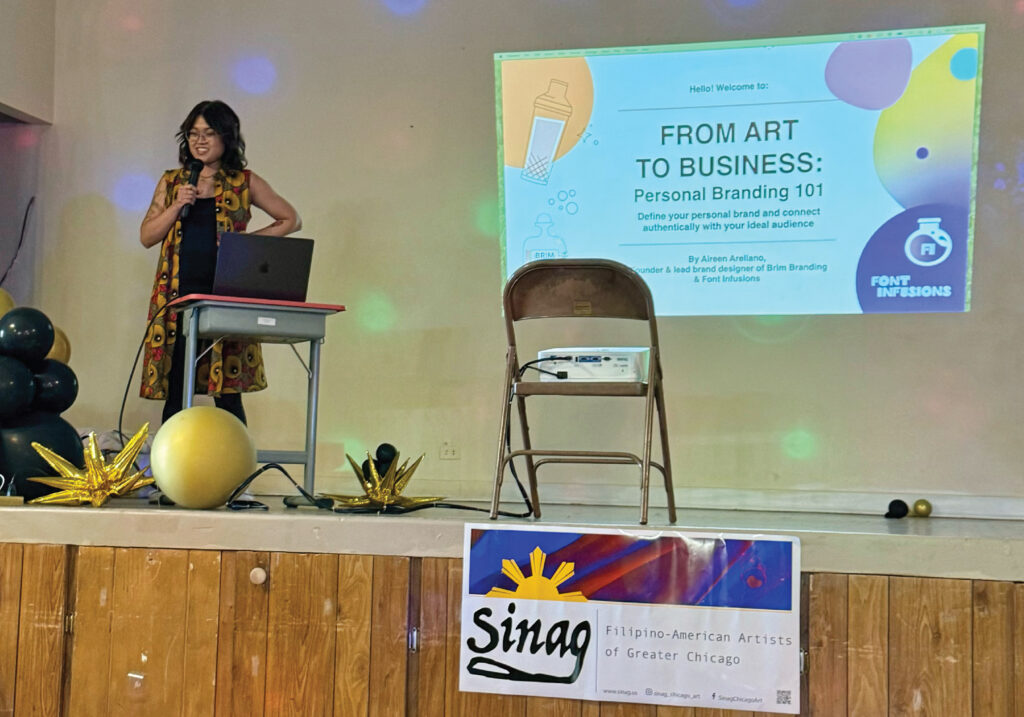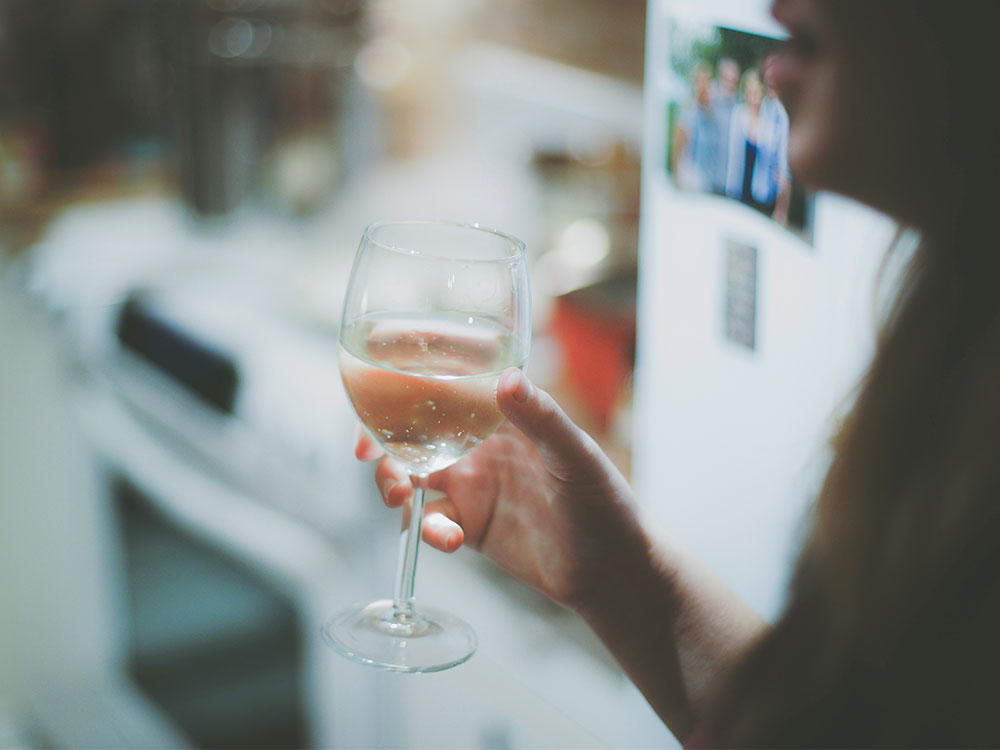Personal Branding 101

Earlier this month, I had the honor of speaking at the Rizal Center for Sinag’s art event in celebration of Filipino American History Month: Sining Sa Silangan (means: Eastern art, as a nod to the rise of Filipino culture and art). My art talk was titled, ‘From Art to Business: Personal Branding 101 – Define your personal brand and connect authentically with your ideal audience.’
Here are some highlights from my talk:
What is Personal Branding?
Let’s explore what branding is, first: Branding is what people say about a company.
How about personal branding? Think of your group of friends. Who are you in that group? The loud one? The funny one? The fashionable one? The smart one? If you can think of who you are in that group, you already have a personal brand. Do you like what people think of you or say about you? Personal branding is a way to take control of your story. Personal branding is the process of intentionally defining and promoting your identity, values, and skills to influence how others perceive you.

Why do we need Personal Branding?
My personal branding talk at the Rizal Center was specifically focused on art and artists, so I gave the hypothetical line of resistance: “Aren’t we already expressing our identity, values, and skill through our art?” But this kind of resistance can exist in any industry: “Aren’t I already expressing my identity with my company name? I have a logo, too!”
Yes!
But: The key in the definition of personal branding is, “…intentionally defining…” There is so much power in NAMING who you are, NAMING what you stand for, and NAMING what you can do.
There is so much power in NAMING who you are, NAMING what you stand for, and NAMING what you can do.
By intentionally naming, defining and promoting your identity, values, and skills – in other words – by crafting your personal branding, we speak directly to and connect more deeply with our ideal audience. And as an artist, you may long to seek more of the people who connect with your art. And as a business, you must be ready to connect with your ideal audience. (And remember, if you are a freelancer or solopreneur, you ARE a business, this applies to you, too.)
Your ideal audience is comprised of the people who most resonate with you. These are the people who will respond to your message the most and are your biggest fans. For a business, this is also known as your target market.
How do we use Personal Branding?
If you’re a consultant or speaker, your clients already have an idea of who you are and what you bring to the table. And how do they know this? It’s because of how you do business, your tone in your emails and phone calls, the quality and content of the services you provide. Intentionally establishing your personal brand allows you to grow your business, because clear messaging of who you are and what you do gives you control over what people say about you.
Or maybe you don’t have a business but an individual who is open for work. For example, maybe you’re a new graduate looking for prospects to build your resume or a long-timer looking for a company or career change. If a potential employer is looking for someone who fulfill a role, they don’t have time to figure out who you are if your messaging is muddy. Establishing clear personal branding is a winning strategy to stand out in a stack of resumes.
Brim Branding’s Personal Branding Process
Our personal branding process isn’t much different from what we do to brand a company:
- Define your ideal audience
- Define your attributes
- Define who/what you are not
- Define your core values

Once you take these steps, you’ll be that much closer to taking control of your narrative, your story – your personal brand – by intentionally defining and promoting your identity, values, and skills to influence how others perceive you.


